3 Black Salt Substitutes with Sulfuric Notes
Substitutes for black salt can transform your culinary creations when this distinctive ingredient isn't available in your pantry.
Finding suitable alternatives that replicate its unique sulfurous flavor and distinctive color challenges many home cooks.
These replacement options range from common kitchen staples to specialty items found at select markets around the world.
The quest for perfect substitution often leads to unexpected flavor combinations that might actually enhance certain dishes beyond the original recipe intentions.
Food enthusiasts should know that while no alternative perfectly mimics black salt's characteristics, several ingredients come remarkably close in different applications.
Those who experiment with various substitutes often develop new favorite flavor profiles they wouldn't have discovered otherwise.
Ready to revolutionize your cooking with these clever black salt alternatives that professional chefs rely on?
Why You Might Need a Worthy Black Salt Substitute
There are plenty of good reasons to look for a black salt substitute, especially if you run out, have dietary restrictions, or want to adjust flavors in your dishes. Finding the right alternative ensures you still get the unique taste and culinary benefits black salt brings without missing out on flavor or creativity:
Unique Uses for Black Salt Substitutes
Black salt alternatives add intrigue to vegan recipes, salads, and chutneys. Each offers its own spark of flavor. Check out the choices that can add flair to your cooking.
Black Lava Salt
Black lava salt, a fascinating member of the black salt family, comes from Hawaii and Cyprus with its distinctive mild sulfuric aroma similar to Indian Kala namak.
The unique earthy and smokey flavor can transform ordinary dishes into culinary adventures that delight the taste buds.
Most chefs add this volcanic salt toward the end of cooking to preserve its dark appearance, creating both visual interest and flavor enhancement on the plate.
For those wanting to experiment, black lava salt works perfectly as a substitute for black Indian salt in a simple 1:1 ratio.
This special ingredient brings a touch of exotic volcanic essence to your cooking while maintaining the same intensity as its Indian counterpart.
Himalayan Pink Salt
Himalayan pink salt comes from the regions around the Himalayan mountains, sharing its origin with black Indian salt but offering different qualities in cooking.
This popular salt alternative provides a similar texture and beautiful pink color that somewhat resembles ground black Indian salt when used in recipes.
Many chefs appreciate its straightforward salty taste, though it lacks the distinctive sulfuric flavor that makes black Indian salt unique in certain dishes.
For the best results when substituting, a simple 1:1 ratio works perfectly in most recipes requiring black Indian salt.
The original black Indian salt undergoes specific processing to develop its characteristic properties, while Himalayan pink salt follows a different production path but still delivers a delicious flavor profile.
Chaat Masala
Chaat masala stands out as a traditional Indian spice blend, combining black Indian salt with various herbs and spices to create rich, distinctive flavors in many dishes.
This versatile mixture works perfectly in recipes calling for both black salt and complementary seasonings, following a simple 1:1 substitution ratio.
For dishes where the pure taste of black Indian salt should dominate, chaat masala might add unwanted fruity and herbal notes that could change the intended flavor profile.
Smart cooks often start with half the called-for amount when using this substitute, adjusting to taste rather than immediately going full-strength.
Adjusting Seasoning for Texture and Aroma with Worthy Black Salt Substitutes
Getting the right texture and aroma when swapping black salt is all about choosing the right substitute and making a few smart adjustments so your dishes still come out tasty and aromatic. With the right approach, you can keep your food flavorful and interesting, even if you don’t have kala namak on hand:
Match Salt Texture
For a coarse, flaky feel, use sea salt, Himalayan pink salt, or kosher salt, crushing lightly if needed to mimic black salt’s texture.
Add a Hint of Sulfur
Blend your salt substitute with a tiny pinch of sulfur powder or nutritional yeast to replicate black salt’s signature eggy aroma and savory umami kick.
Use Smoked Salt
Smoked salt adds a deep, complex aroma, perfect for roasted vegetables, tofu scrambles, or savory snacks where scent is key.
Layer Aromatics
Add garlic powder, onion powder, or asafoetida to boost savory depth and replicate black salt’s flavor profile.
Adjust Slowly
Add substitutes gradually, tasting as you go, since some salts and spices can overpower delicate flavors quickly.
Combine With Herbs
Fresh herbs like chives, cilantro, or parsley add freshness and help compensate for subtle notes lost when swapping black salt.
Mind the Color
Black salt gives a pale purple-pink tint; pink Himalayan salt or a dash of paprika can mimic this look if visual appeal matters.
Common Questions About Replacing Black Salt
1. Are there vegan alternatives to black salt for egg flavor?
A pinch of sulfur powder mixed with regular salt, or nutritional yeast with salt, can help mimic the eggy flavor in vegan recipes.
2. Can I use black salt substitutes in Indian cuisine?
Yes, but the flavor will be milder and less complex, add a little chaat masala for extra depth in Indian dishes.
3. What’s the best substitute for black salt in tofu scrambles or vegan omelets?
Smoked salt or sea salt with a hint of nutritional yeast and turmeric adds savoriness and color, though not the full sulfur taste.
4. Are black salt alternatives suitable for people with sulfur allergies?
Yes, regular, pink, or sea salt are sulfur-free options, avoid any substitute containing added sulfur powder.
5. Will using a substitute affect the color of my recipes?
Black salt adds a subtle pinkish or gray hue, while most substitutes are white or pink and won’t change your dish’s color significantly.
6. Can I blend spices to replicate black salt’s flavor?
Yes, combine sea salt with a small pinch of sulfur powder and a little onion or garlic powder for more complexity.
7. How should I store black salt substitutes?
Keep in an airtight container in a cool, dry place for best freshness and flavor.
8. Can I use black salt substitutes in both savory and sweet dishes?
Absolutely, though black salt is usually for savory recipes, most salt substitutes can be used in any dish that calls for salt.

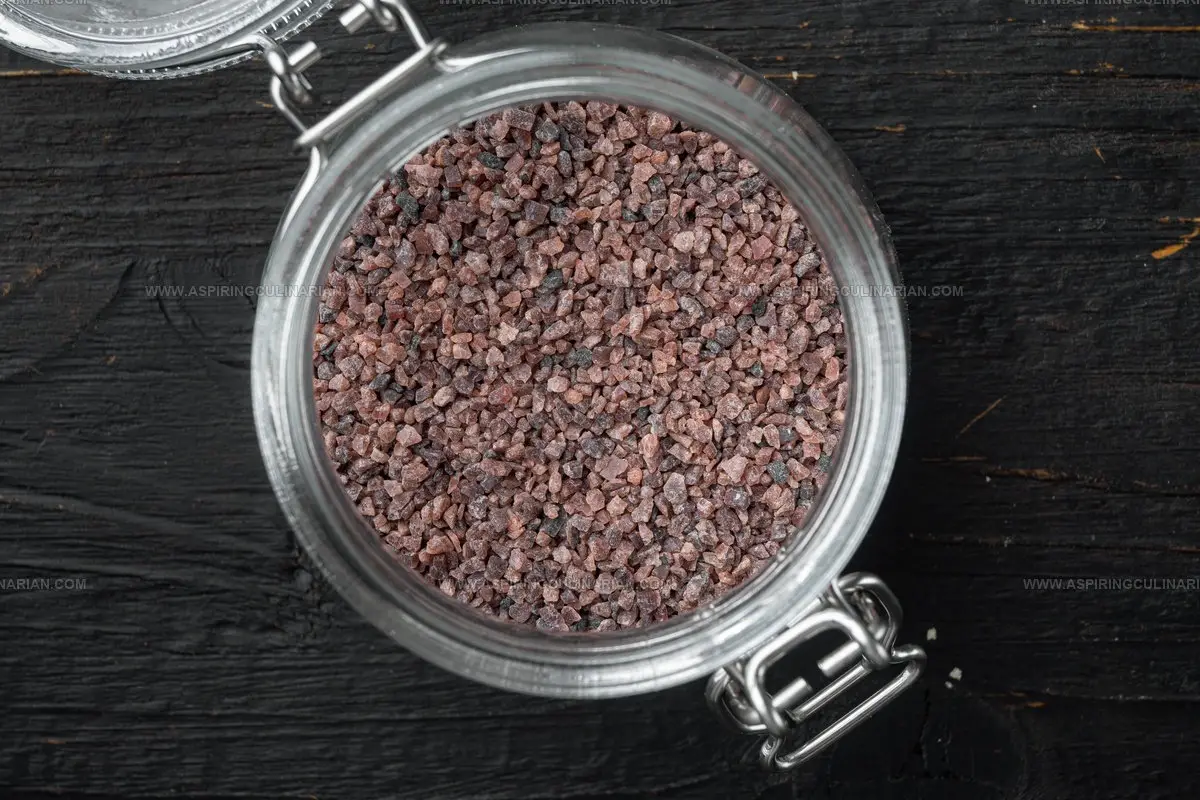
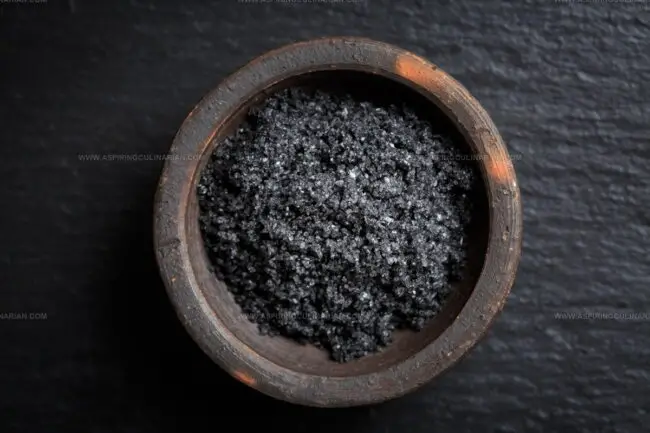
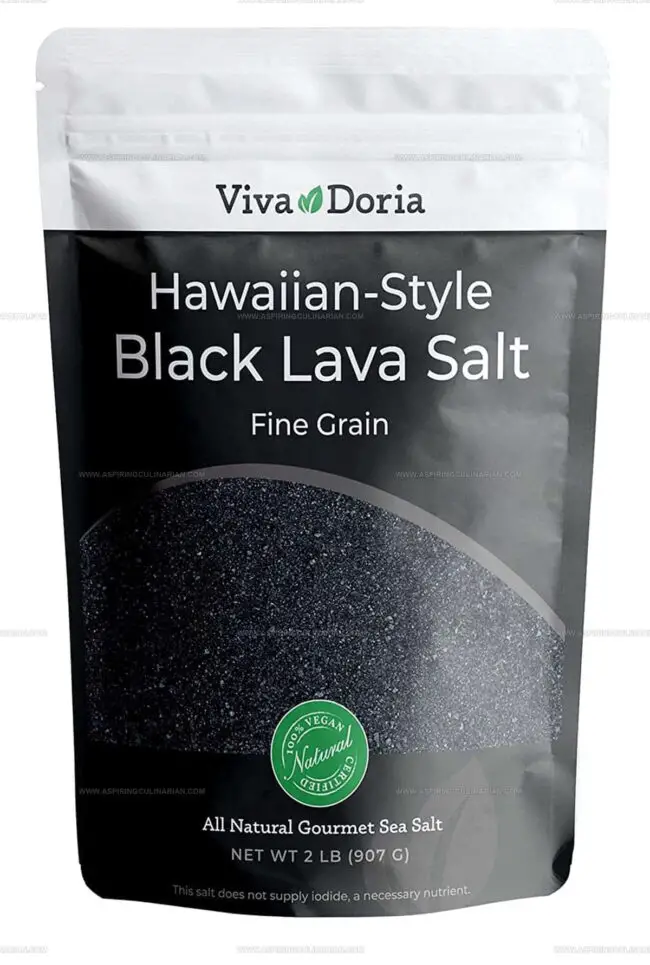
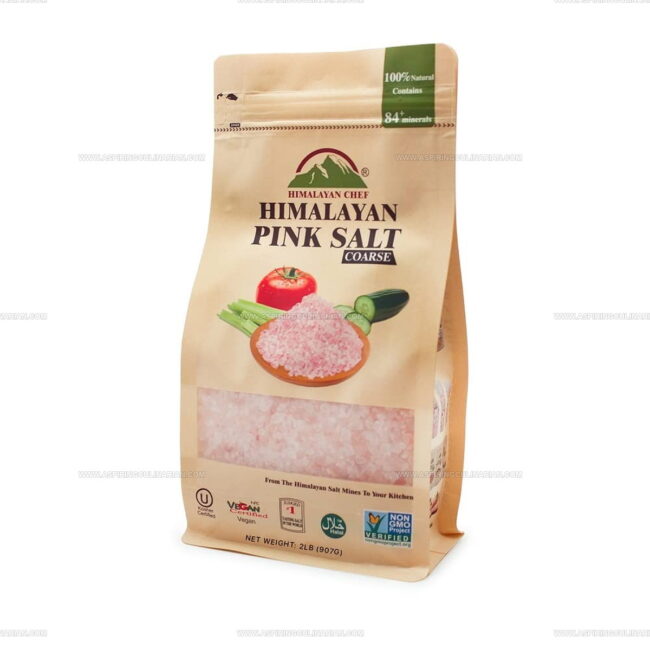
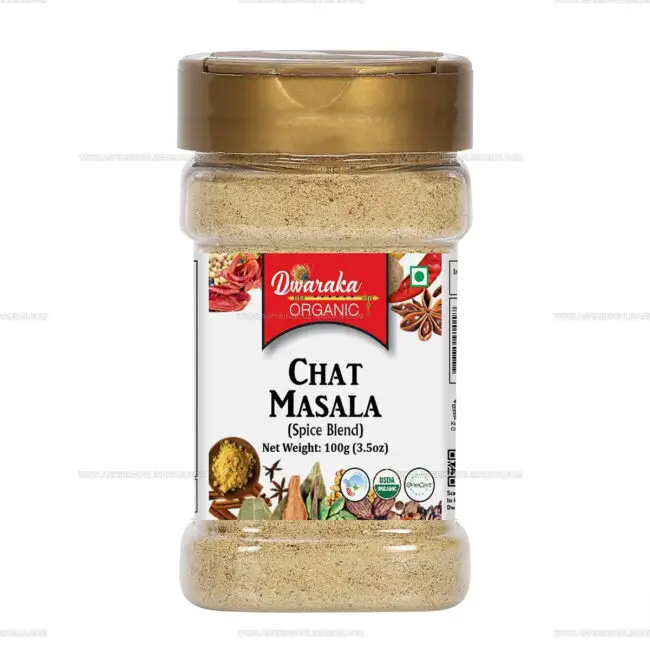
Lena Martinez
Contributing Writer & Culinary Educator
Expertise
Southwestern and Latin American cuisines, Vegetarian and plant-based recipe development, Culinary education and community outreach
Education
Santa Fe Community College, Santa Fe, NM
Certificate in Culinary Arts
Emphasized Southwestern cuisine and sustainable cooking practices
Lena grew up surrounded by the colors, spices, and traditions of the Southwest – flavors that sparked her love for bold, honest cooking. After earning her Culinary Arts certificate at Santa Fe Community College, she made it her mission to teach home cooks how to create flavorful, plant-powered meals without the fuss.
Her recipes are packed with vibrant ingredients, simple steps, and the kind of heart that turns a regular meal into something you’ll want to share. Outside the kitchen, Lena spends her time wandering farmers’ markets, trading family recipes, and helping young chefs find their voice through food.